resources
At Spokane Testing Solutions, we offer affordable laboratory services to businesses and individuals. Whether you are looking to settle a personal matter or create safer work environments, explore our resources below.
Screening vs. Lab Confirmation
- Initial drug screening uses immunoassay that uses antibodies to detect the presence of drugs and other substances. It does not measure the specific amount of drug present. It provides either a “negative” or a “non-negative” result.
- Gas chromatography/mass spectrometry or GC/MS, is the method used to confirm presumptive positive drug screen specimens. GC/MS detects specific metabolites that provide identification and quantification of a specific drug.
- MRO – Medical Review officer – Only person that can change a positive to a negative result.

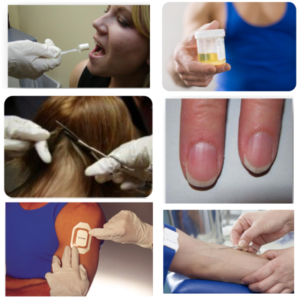
Types of Drug Testing
- Blood
- Saliva / Oral
- Urine
- Hair
- Fingernail
- Sweat Patch
- Passive Exposure
Blood Testing
- Very Invasive
- Most Expensive
- Correlates with impairment
- Adulteration proof
- Limited Window of detection
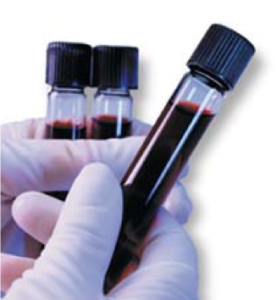
- Amphetamines (except meth): 12 hours
- Methamphetamine: 24 hours
- Barbiturates (except phenobarbital): 1 — 2 days
- Phenobarbital: 4 — 7 days
- Benzodiazepines: 6 — 48 hours
- Cannabis: 2 days
- Cocaine: 24 hours
- Codeine: 12 hours
- Morphine: 6 hours
- Heroin: 6 hours
- LSD: 0 — 3 hours
- Methadone: unknown
- PCP: 24 hours
Blood analysis may be appropriate in situations when it is suspected that a person is actively under the influence of a drug or alcohol.
Saliva / Oral Drug Testing
- Less Invasive vs other tests
- Tests for drug usage 24-48 hours
- Good indicator of recent drug use
- Can be performed anywhere with instant results
- Reduces Adulteration / “Shy Bladder” Issues
- 12 drug substances / panels
- Non-negatives can be sent for lab confirmation
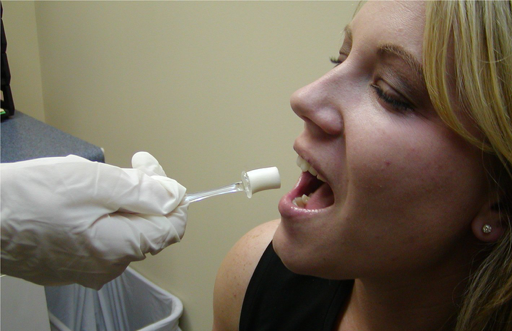
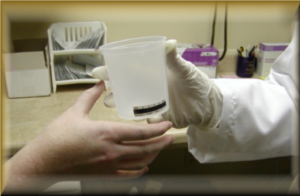
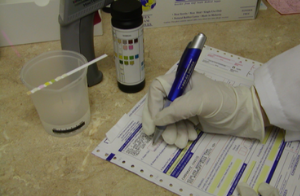
Urine Testing
- Most commonly accepted and used
- Detection window varies by drug but generally 2-5 days; THC exception
- Detects drug metabolite and not parent drug
15+ drug categories / panels - Can be POCT (instant test) and/or lab based
- Court ordered “observed” collections eliminates possible adulteration
Hair Testing
- Tests for “habit”, not recent usage
- Test for drug usage for up to 90 days and after ~ 5 to 10 days from ingestion
- 1 ½ “ of head hair preferred but can test any body hair
- Head hair grows 1/2” per month while body hair grows more slowly
- Reduces adulteration and “Shy Bladder” Issues
- Tests for both “Parent Drug “ and “Drug Metabolite”
- Most common test panels are 5 panel with expanded opiates; but can be extended to include up to 18 substances
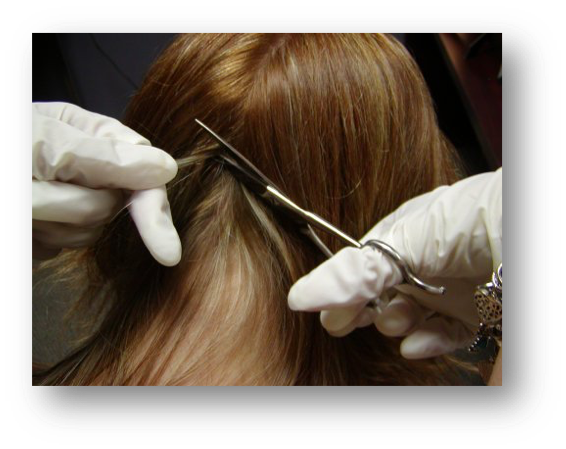
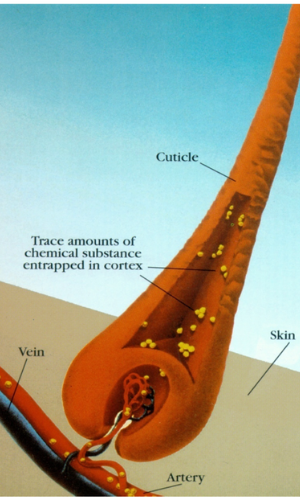
The Science of HAIR Testing
Hair is like a tape recorder when it comes to testing for drug usage over a 90 day window.
- Drug molecules are deposited in the blood
- Hair develops beneath the skin and is fed by blood vessels
- Ingested drugs molecules accumulate permanently in hair and are trapped within protein keratin creating a historical record of substance abuse
- Hair is stripped and washed before testing
- Hair particles are reduced to a liquid form for lab analysis
- Quantification is measured and reported in picograms per milligram
Passive Exposure Testing
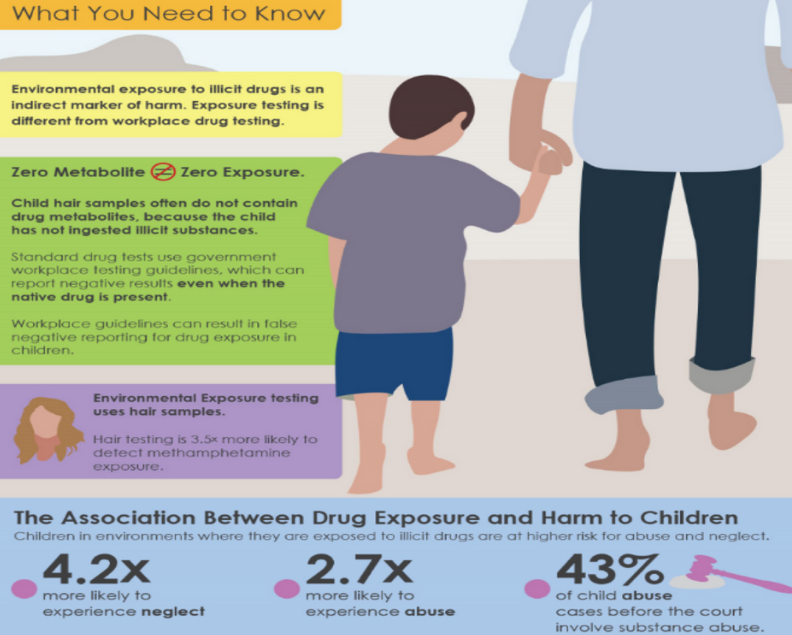
Positive Passive Exposure Result
Hair or Nail test (5 – 7 – 9 panels)
Amphetamines, cannabinoids (THC), cocaine, opiates, phencyclidine (PCP),
benzodiazepines, barbiturates, methadone, and propoxyphene.
A positive passive exposure result indicates that the person has experienced one or more of the following:
- Passive inhalation of drug smoke
- Contact with drug smoke
- Contact with sweat or sebum (skin oil) of a drug user
- Contact with the physical drug substance
- Accidental or intentional ingestion of illegal drugs
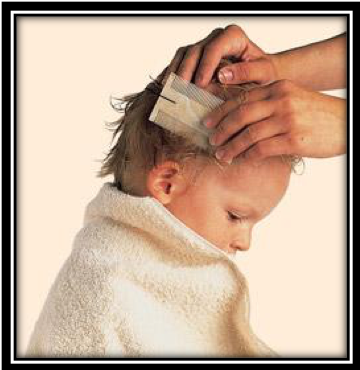
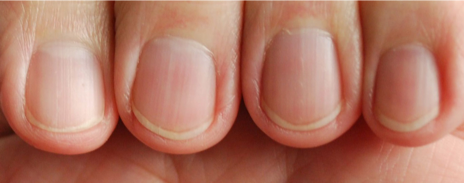
Finger & Toenail Testing
- Nails, like hair, are made of the protein keratin
- Drugs are incorporated into nails from the blood stream and remain locked in the nail as it grows
- Drugs enter the nail from the base as the keratin is formed and via the nail bed that extends under the full length of nail
- Drugs can be identified in nail clippings as early as 1-2 weeks following ingestion
- Can detect drugs in fingernails up to 6 months after last usage & up to 12 months in toenails
- Test panels available up to 15 substances
- Nails must be clean of dirt and polish before testing
Testing for Alcohol - EtG/EtS
- Breath Alcohol (detects for hours)
- Blood Alcohol (detects for hours)
- Saliva Alcohol (detects for hours)
- Urine EtG/EtS test (80 hours)
- Hair EtG test (90 days)
EtG (ethyl glucuronide) and EtS (ethylsulfate) are biomarkers for ethanol and are only present when ethanol is ingested.
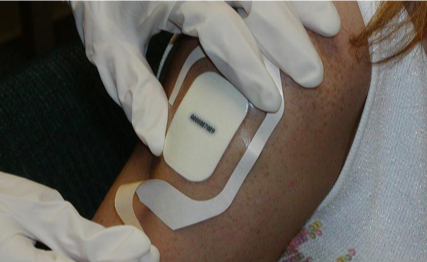
Sweat Patch Testing
- 24/7 Monitor – great deterrent
- Yields drug usage from 3-4 days prior to application thru the duration of time the patch is worn (12 days)
- Testing is limited to marijuana, cocaine, opiates, amphetamines, methamphetamine & PCP
- Sweat is extracted from cellulose patch for analysis
- Patch allows water & air molecules to pass through; while trapping larger drug metabolite molecules
- Designed to be tamper evident
Testing Overview
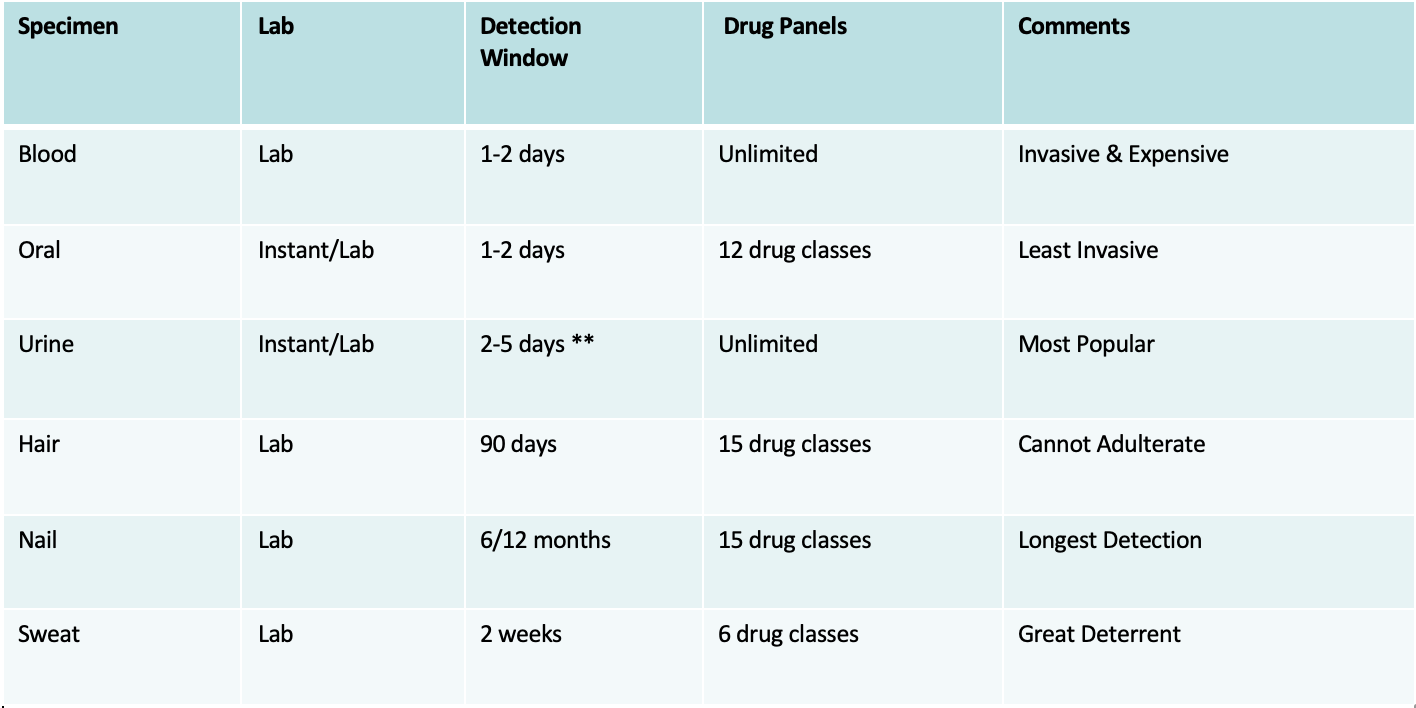
** THC up to 30 days
Drug panels can be customized to meet specific needs!
dna testing
- AABB-Accreditation Lab
- Immigration Services
- Paternity, Maternity, Avuncular, Grandparentage, Siblingship
- Deceased specimen collection and testing
- Working relationship with County Medical Examiner
- Infidelity testing
- DNA viability and banking services
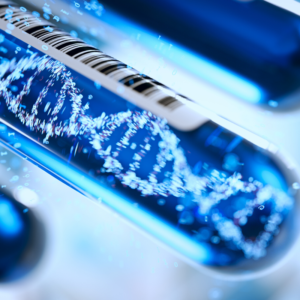
Answers to frequent questions...
Q: Can eating poppy seeds cause a positive drug test?
A: Yes. Poppy seeds contain low levels of morphine which can affect an initial screening. Best practice is to avoid poppy seeds before any testing.
Q: Do you pull the hair out for a hair test?
A: No. We cut the hair as close to the scalp as possible.
Q: Does drinking a lot of cranberry juice or other “cleansing” products work?
A: No. They can dilute or affect Ph levels, but can’t get rid of the drug metabolites.
Q: Can you test for synthetic drugs?
A: Yes. Marijuana, Cocaine and Opiates have synthetic versions and can be tested as requested.
